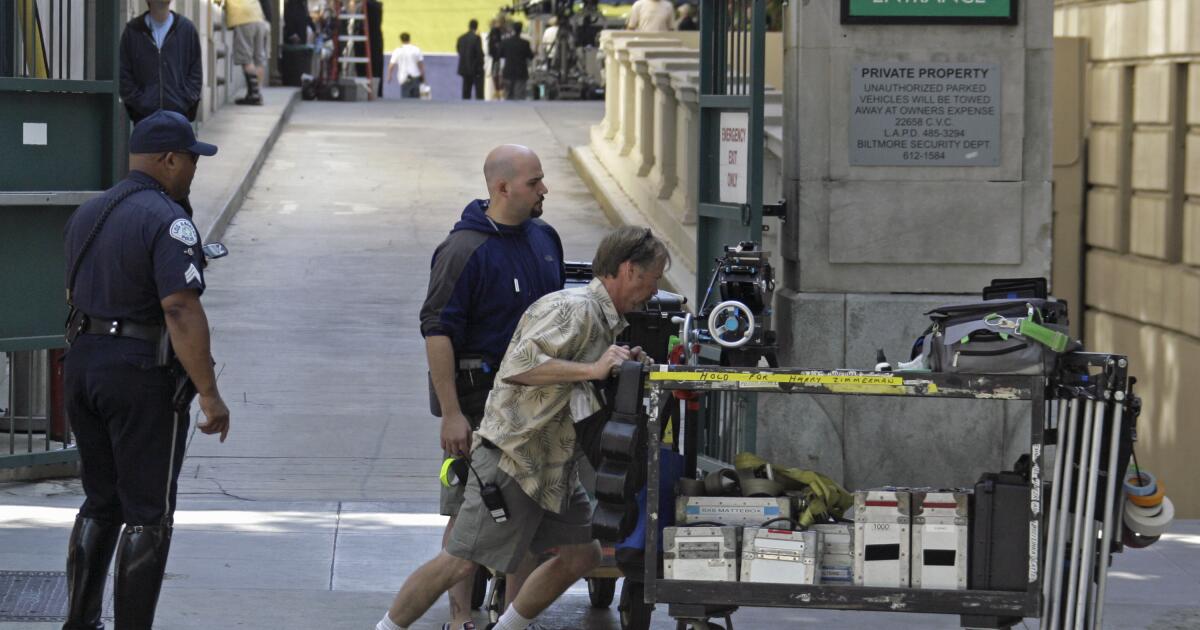Paramount+’s hit Sylvester Stallone drama Tulsa King is finally back for season three and a new addition to the cast has everyone excited
Tulsa King fans are ecstatic as another action movie legend has joined the cast as a powerful new enemy for crime boss Dwight ‘The General’ Manfredi (played by Sylvester Stallone).
Season three premiered last Sunday night (21st September), taking fans back to the night Dwight was kidnapped by Special Agent Musso (Kevin Pollak).
Thankfully, he’s soon released, albeit as Musso’s new informant on an unknown target, and reunites with Margaret (Dana Delany), apologising for her ranch being ransacked by gunmen the night before.
After a quick visit to his family in Little Italy, Dwight discovers Cleo Montague’s (Bella Heathcote) family distillery is due to be sold to the powerful Dunmire family after her father Theodore (Brett Rice) made a handshake deal.
However, Dwight sees the distillery as a valuable asset to his own empire and promises a better deal for the Montagues.
Cue the introduction of Tulsa King season three’s terrifying new villain, Jeremiah Dunmire, portrayed by none other than Hollywood star Robert Patrick.
Patrick is best known for portraying the unstoppable T-1000 in James Cameron’s hit action movie sequel Terminator 2: Judgement Day and has more recently landed roles in Yellowstone prequel 1923 and HBO’s Peacemaker.
Jeremiah is naturally furious to discover Theo has reneged on their deal, and sets a group of thugs on his mansion who beat him to a pulp and burn his home to the ground.
Viewers were on the edge of their seats during this nail-biting premiere, which raises the stakes for Dwight and his crew to a whole new level. Fans were also already impressed with Patrick’s performance as this season’s sadistic antagonist.
One ecstatic viewer took to X to reply to Patrick’s recent post in which he warned Dwight not to “cross” him.
Using plenty of fire emojis they exclaimed in the comments: “Yoooo, I just watched the new episode and O M G… and this is just the 1st episode and yall WENT TF OFFF… WOW!! ..
“You ARE GONNA BE A PROBLEMA FOR Dwight. Your character already starting off EVIL AF. Dude, I WAS YELLING AT THE TV AT THE END LIKE NOOO WAY! 10/10 show!!
“I can’t wait for next week.. man oh man.. GANGSTA A*** S***!! Awesome job yall!!!”
Someone else replied: “you’re awesome dude, great career, enjoy your success!!”
Paramount+ half price sale

Paramount+ is offering 50% off its Standard and Premium subscriptions until July 10.
Discussion continued over on Reddit, where one user wrote: “Good to see Robert Patrick get consistent acting work.” To which another viewer replied: “He killed it and he was only on screen for a few mins.”
Another said: “Robert Patrick Is [a] great bad guy character.”
While other fans praised the episode in general for starting off the new season strong, with one sharing: “It’s already looking great, way better than season 2’s premiere for sure.”
And a final fan predicted: “Sly’s gonna rip Terminator’s nuts off for killing that old guy!”
Are you excited to see Stallone going head-to-head with one of Hollywood’s greatest villains?
Tulsa King season 3 continues Sundays on Paramount+.



